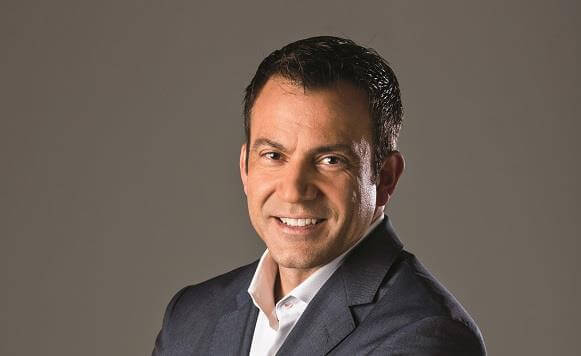By Tiffany Carpenter, Head of Customer Intelligence at SAS UK & Ireland
Redefining banking in a financial services market where your biggest competitor may be Amazon or Google, not a traditional bank.
Open banking may not have made much of an impression on consumers yet. But it’s a topic that the industry cannot afford to ignore. Tier one UK banks are already bound to grant licensed startups access to transaction-level data, and smaller banks are likely to have to follow suit in the near future. The potential impact on the banking landscape is profound.
Today, the standard business model for retail banks is to build strong relationships with their customers by offering free current accounts and other incentives. These services are a net cost to the business, but they help the banks win trust and provide a channel for marketing more profitable products, such as mortgages, loans and wealth management services.
Open banking threatens to sweep this business model away like an avalanche. Agile fintech companies are already developing apps that aggregate all the financial services that a customer receives from any provider, creating a single point of control.
This will certainly improve the banking experience for most consumers. But it will also add a new layer between banks and their customers. All communication with the customer will happen via the app – and the app provider will control that communication channel, not the banks.
According to market analysts, this poses a real threat. If a bank can’t upsell high-value services to its customers, it may be left with a thin share of the market. Banks could be drowning in current accounts while app providers skim the cream of profitable loans and investment services off the top. Bain & Company point out that similar disruptions in industries, such as music and travel, have seen incumbents’ profits fall by 10% to 20%, often within fewer than five years.
Threat or opportunity?
While the stakes are high, the odds are still in the banks’ favour – at least for now. For decades, they have collected data on millions of customers and billions of transactions, across the whole spectrum of financial services. This data is a priceless source of insight that banks can use to create customer experiences that their data-poor fintech competitors simply can’t match.
For example, instead of just helping customers make payments or check their balance, a new generation of banking apps could provide users with much more relevant, personalised advice. By comparing individual spending patterns with the behaviour of a wider population of users, they could pinpoint topics that users really care about –reducing utility bills, for example, or paying off a mortgage – and suggest helpful strategies for meeting their financial goals.
Serious competition
Banks aren’t just worried about competition from fintech startups. There’s also a risk that other data-rich companies could make a beeline for the financial services market. Amazon, Apple, Google and other tech giants already have enormous quantities of information about consumer spending habits, as well as some of the world’s most talented data scientists, UI and UX developers. If they want to build the world’s best banking app, they seem to have all the right tools already. What’s to stop them from seeing financial services as their next market to dominate?
Again, the answer is that banks still have the advantage, at least in the short term. There is more to a user’s personal finances than just online shopping habits. And banks have a much more complete picture of how people borrow, spend and invest their money across mortgages, loans, credit cards, savings accounts, stocks and funds.
More importantly, customers trust their bank to manage both their information and their money. As a heavily regulated industry, banks simply cannot afford to play fast and loose with their customers. Meanwhile, barely a week goes by without another scandal about an internet company selling, losing or misusing customer data.
So while you probably trust online retailers to deliver your shopping, you might still have a few qualms about letting them manage your pension.
That said, customers’ trust and loyalty are finite commodities. If banks don’t act on their advantage now, they will lose it little by little. An outstanding user experience can easily seduce customers. And if you can’t provide one, your competitors certainly will.
On your marks
In short, the race to build the killer banking app is on – and banks, fintechs and other players are all in the running. Whoever gets there first will win it all, leaving the others scrambling to redefine their role in a banking industry that bears little relation to today’s world.
The difference between winning and losing, as we’ve already hinted, will be in the data. If banks can mobilise the treasure trove of data they already possess and harness artificial intelligence and machine learning to bring insights closer to the point of customer interaction, then they will be in a powerful position to lead the next stage in the evolution of financial services.
And that’s not just wishful thinking. Take a look at our case study with ICA Banken. SAS solutions are helping ICA Banken analyse customer behaviour online and combine it with historical banking data to create a fully personalised and customised user experience. While customers browse the ICA Banken site, intelligent algorithms automatically assess their needs and display helpful information and relevant offers in real time, resulting in a tenfold increase in conversion rates for the bank’s campaigns.


























